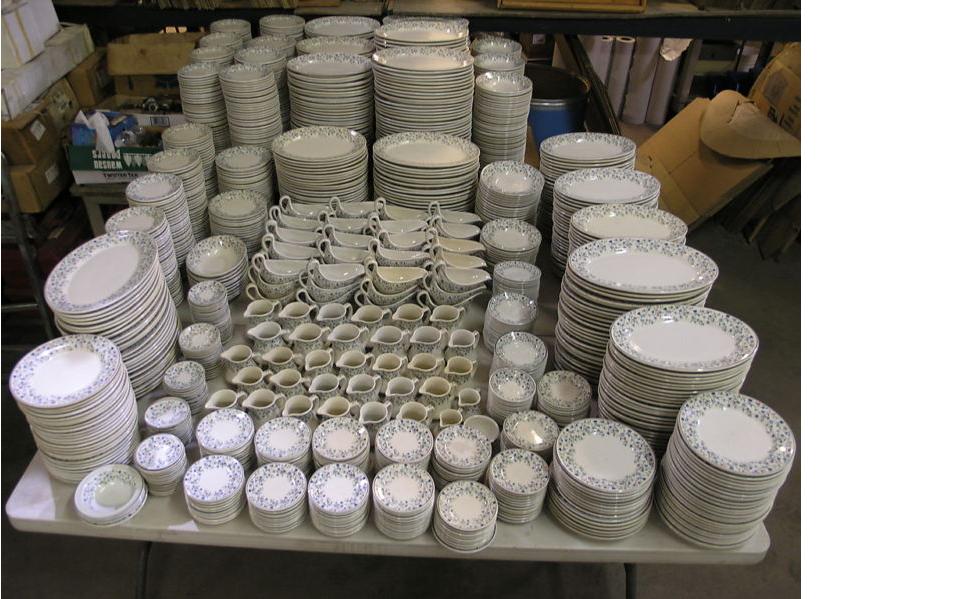I have not failed to notice that I share my most intimate secrets with Google. My browsing history is truly a window into my most secret, personal self. If you were to, say, sneak into my apartment and have yourself a look at my browsing history, you would learn this about me: that I check the weather about a hundred times a day. Not just Ann Arbor, but every city where I’ve ever lived. That there are about five authors whose names I search frequently. That I spend more time reading the New York Times and Twitter than I should. And that, for many years, I have typed the name of my alma mater into eBay’s search engine in pursuit of my ultimate unicorn: a 1990s-era Champion-brand Smith College t-shirt in heather gray, much like the one I wore so much as an undergrad that it disintegrated into thin, unwearable shreds.
“Hey Mo, you know, Smith didn’t go out of the t-shirt business when you graduated!”
I am aware of that, Hypothetical Voice of Reason. But the new t-shirts are not the same. I find the Smith bookstore’s latest shirt offerings quite inferior, with their generic, corporate design and low-quality weight and stitching. I don’t want just any Smith t-shirt. I want the one exactly like I had fifteen years ago.
Last weekend, in pursuit of that elusive, long-dead t-shirt, I came upon a far more tantalizing purchasing opportunity. A memory-trigger par excellence, albeit one that isn’t much shared by those who did not attend fancy women’s colleges where daily meals were served on patterned china: 958 Piece Lot Smith College Maytime Pattern by Syracuse China w/Some Steelite! And then, a photo: stacks and stacks of bone china, that famous blue-and-red floral-pattern decorating the outer perimeter of every saucer, bowl, and gravy boat that once was a daily presence in my young life. Seeing that distinct design triggered emotions of love, happiness, and joy. I had to have those dishes. Not all 958 pieces. I don’t have room for that many dishes. Just a reasonably-sized set that would fit neatly into my kitchen cabinets.
“But they’re just dishes, Mo.”
NO THEY’RE NOT. And thanks to Facebook, I’m not the only alum who threw down a pretty penny to buy a portion of those 958 dishes, Hypothetical Voice of Reason. Also: shut up.
Obligatory literary reference: the Smith College yearbook is called The Madeleine. Why eat a cookie when you can have a dish? After all, you can keep the dish.
After I contacted the seller, was told I did not have to purchase all 958 pieces, and placed my order for a reasonable quantity, I began to panic. Not only had I dropped $XXX.XX plus shipping and handling on thirty-six pieces of china when I already own an adequate assortment of daily-use dishes, but what would happen when I receive my giant box of Maytime-pattern china? Plates and bowls are meant to be simple conveyances for food, but now eating at home would possess the burden of memory: each grown-up, lonely dinner of spaghetti with jarred sauce and salad from a bag would be served on plates that scream in my face COLLEGE! YOUTH! 1998! NORTHAMPTON! NEVER EATING ALONE! Over time, would these thirty-six pieces of cracked, used china simply become my regular old dishes, no longer returning to my mind an amalgam of dusty, distant college memories? Did I want my Madeleine or didn’t I?
Seriously: at a residential liberal arts college, they don’t tell you how many meals you’ll eat alone once you graduate.
In the novel I am writing, I deal with the theme of memory, of temps perdus, of “what if you could go back in time and see your old self again?” The great difficulty I am having with this particular theme is how to make universal to readers the experience of longing for a specific event or time or thing, as felt by each of the characters. By the end of my novel, the narrator realizes that there are more dangers than pleasures to having access to one’s past, that time and the forward progress of our lives shapes what it is of our memories that brings us joy, not the ability to return to a particular moment in the past (not that that is possible outside of fiction anyway, but it is fun to write about time travel).
I hope that my novel conveys that there is a price to be paid for attempting to live in the past, and yet, I am someone who just purchased some of the dishes that a now-ancient version of myself ate upon in the Baldwin House dining room (which no longer exists, either) in another decade, another time, now lost.
These days, Smith students eat off of plain white dishes. That there are Smithies who do not find their hearts aflutter in the face of 958 pieces of Maytime-pattern china for sale on eBay is a strange concept to me, and I can’t decide whether or not they are the fortunate ones for lacking a long-discontinued pattern from the Syracuse China company with which to mark their youths, or if I and the other alumnae who bought up these dishes are the lucky ones, unleashing a flood of memories every time we take a dish from our cupboards.
Now that I think about it, the lucky ones are the alums who had the foresight to purloin a few these dishes upon graduation. I wonder if the Smith dish supply became so lopsided from years and years of graduating Smithies stuffing saucers and teacups into their suitcases on their way out of town that the college decided to sell off what was left?
Why didn’t I think of that at the time?

